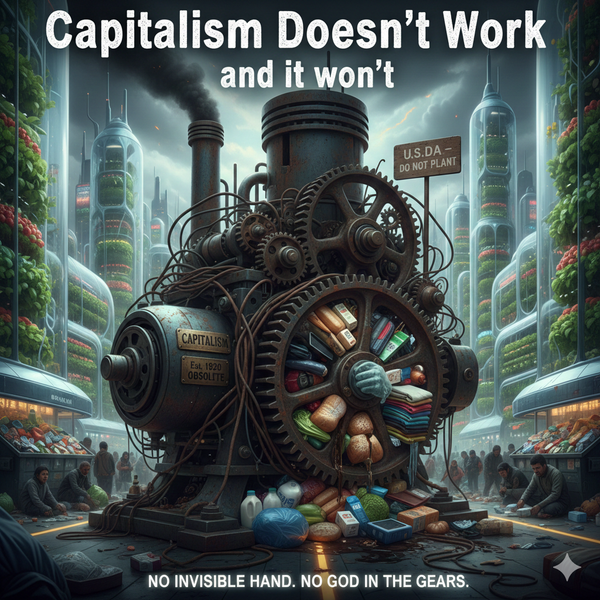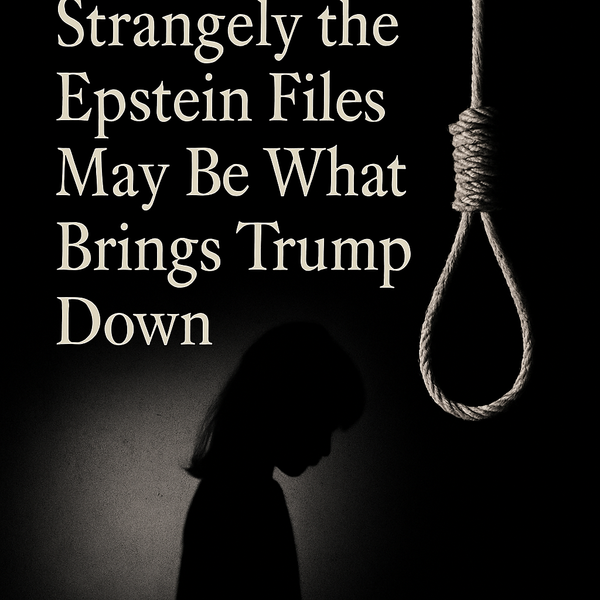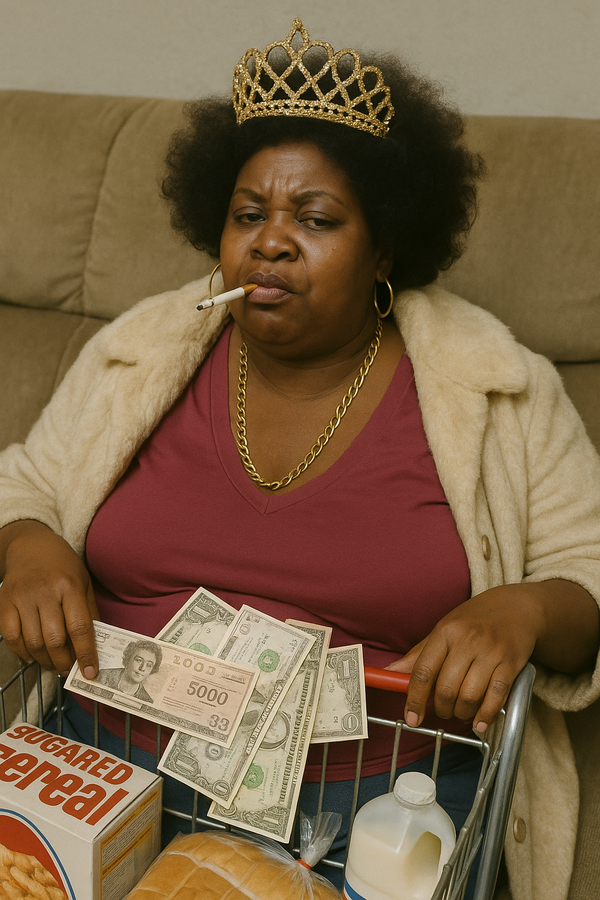Inflation/Unemployment
A Thumbnail
The economy throws off a ridiculous number of signals—GDP, bond yields, consumer sentiment, interest rates, trade flows. You can drown in it. But as a rule of thumb, I watch two things: inflation and unemployment.
They don’t tell you everything, but they give you a decent read on whether the foundation’s holding.
Thanks for reading Joseph’s Substack! Subscribe for free to receive new posts and support my work.
Inflation tells you what’s happening to the value of your money. When prices rise too fast, your paycheck shrinks in real terms. It hits everyone, but especially people already stretched thin. High inflation corrodes trust—savings lose power, planning gets harder, and the whole system starts to feel unsteady.
But too little inflation—falling prices—can stall everything. People stop spending. Businesses freeze hiring. Economies contract. So most central banks aim for about 2% inflation. That number gets repeated like it’s written in stone, but it’s not. It’s arbitrary. Useful, yes—but someone picked it. It could’ve just as easily been 1.5 or 3. It’s a guide, not gospel.
Unemployment is the other side of the equation. It tells you how many people want work but can’t get it. High unemployment signals pain. Low unemployment usually means wages go up, people spend more, and the cycle feeds itself. But if it drops too low, it can push inflation up. That’s the tension.
And then there’s the idea of optimal employment, or full employment. It doesn’t mean zero unemployment. That’s not realistic. People switch jobs, take time off, or re-enter the workforce after a break. But optimal employment means anyone who wants a job and is reasonably able to work can find one without too much friction. Most economists place that somewhere between 3.5% and 5%.
Any lower, and you start bumping into shortages, overheated wages, and eventually rising prices. Push too high, and you’ve got people being left behind. That’s the balance policy makers are always chasing—and never quite catching.
I didn’t stay at a Holiday Inn Express last night, so I’m not going to pretend to calculate where that line is. I rely on experts. Real ones. Not the guy yelling on YouTube or the pundit who thinks wearing a tie makes him an economist. I mean people who’ve studied this for decades, published research, taught, and earned the respect of others who’ve done the same.
My favorite’s Paul Krugman. He’s smart, measured, and doesn’t need to shout to make a point. More importantly, he admits when he gets it wrong. That matters.
Of course, bias exists. Nobody’s neutral. But real economists know that. They show their work. They test ideas. They revise when the facts change. That’s the difference between someone with a gut feeling and someone with an actual map.
So no, inflation and unemployment don’t explain everything. But as a rule of thumb? They help you tune out the noise and get a read on whether things are moving in the right direction. And when they aren’t, I’d rather hear it from someone who’s been through the storm and can still read the compass.
Let the experts do the heavy lifting. The rest of us can keep our eyes on the signals that still mean something—and maybe avoid flying blind.
Thanks for reading Joseph’s Substack! Subscribe for free to receive new posts and support my work.




